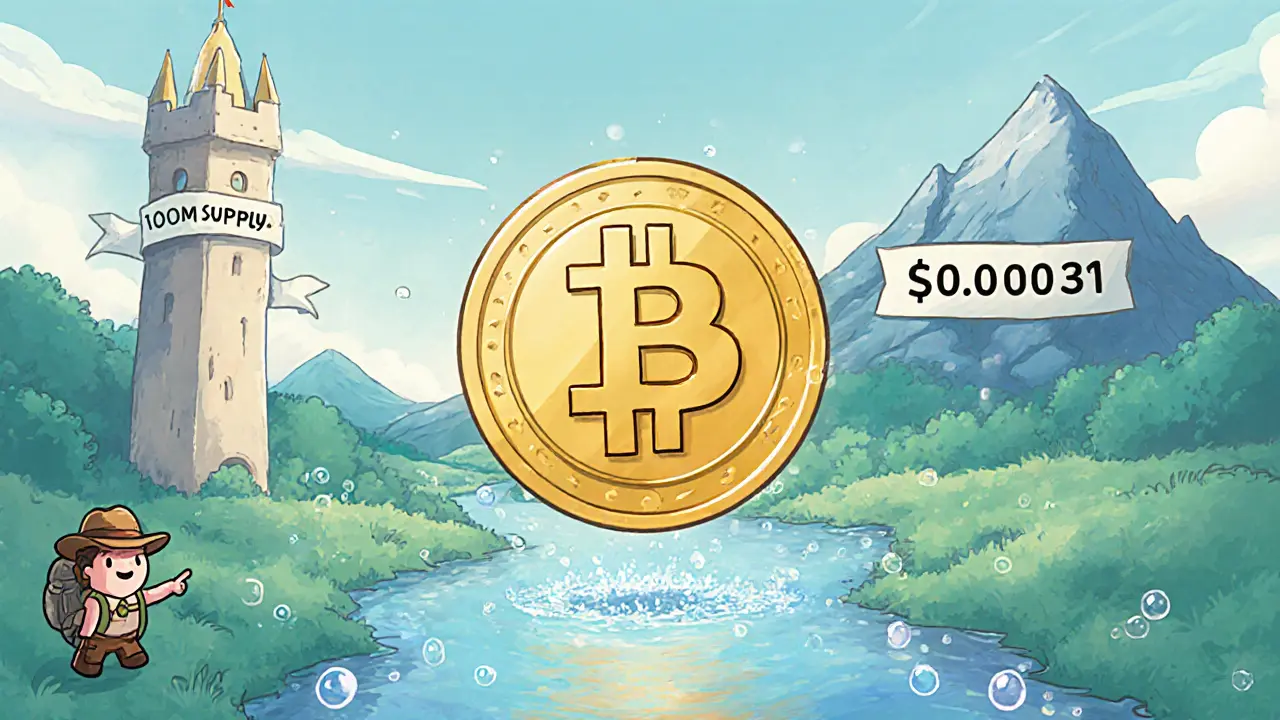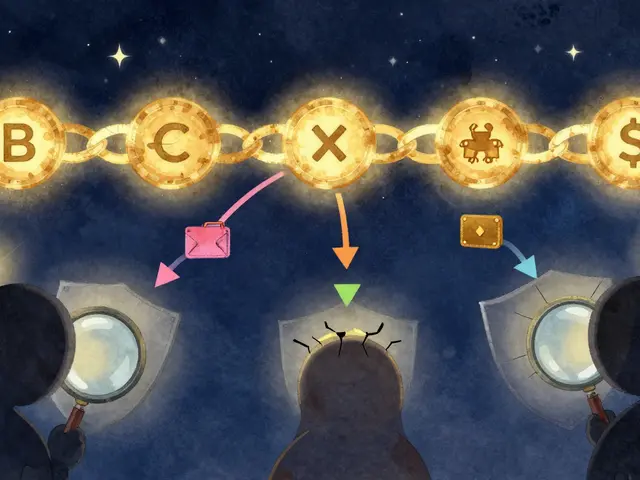PNDR Token Explained: Basics, Use Cases, and Why It Matters
When you hear about PNDR token, a community‑driven crypto asset built on the Ethereum blockchain that aims to reward active participants in its ecosystem. Also known as PNDR, it blends staking incentives with a governance model that lets holders shape future upgrades. The token’s design hinges on solid tokenomics, the set of rules governing supply caps, emission rates, and reward distribution, while periodic airdrops, free token allocations to eligible community members keep interest high. All of this runs on a blockchain, a decentralized ledger that records every transaction in an immutable way, enabling seamless integration with DeFi, decentralized finance platforms where users can lend, borrow, or trade without a central authority. Understanding these pieces helps you see why PNDR is more than a meme—it’s a functional piece of the wider crypto puzzle.
First, let’s break down the tokenomics. PNDR caps its total supply at 100 million, with 40 % allocated for community rewards, 30 % for liquidity provisioning, and the remainder set aside for development and partnerships. Emission follows a decreasing schedule, meaning early adopters earn higher yields that taper off as the network matures. This structure mirrors traditional finance’s inflation models but adds transparency through on‑chain data. The result? Holders can gauge exact reward rates at any time, and the decreasing emission guards against excessive dilution, which many new tokens overlook.
Next, the airdrop strategy. Unlike one‑off drops that disappear after a single claim, PNDR runs quarterly airdrops tied to specific actions—like staking a certain amount, voting on governance proposals, or providing liquidity on partner DEXs. Each event publishes a clear eligibility list on the official dashboard, and smart contracts handle distribution automatically, minimizing manual errors. This approach not only spreads tokens wider but also encourages real participation, turning passive holders into active contributors.
Because PNDR lives on Ethereum, it inherits the network’s security guarantees while also facing gas fee challenges. To mitigate costs, the project supports layer‑2 solutions such as Optimism and Arbitrum, allowing users to stake or trade with lower fees. These bridges keep the user experience smooth, especially for smaller investors who might balk at high gas prices on the main chain. The layer‑2 compatibility also opens doors to DeFi protocols that are exclusive to those environments, expanding the token’s utility without sacrificing security.
DeFi integration is where PNDR really shines. The token can be locked in yield farms that offer compounded returns, used as collateral on lending platforms, or swapped in automated market makers (AMMs) that provide liquidity incentives. Since the governance token also governs fee structures on its native DEX, holders have a direct say in how fees are split between liquidity providers and the treasury. This creates a feedback loop: more active governance leads to better fee models, which in turn attract more liquidity—and that liquidity boosts the token’s market depth.
What You’ll Find Below
Below this intro you’ll discover a curated set of articles that dive deeper into each of these themes. We have step‑by‑step guides on staking PNDR, detailed analyses of the latest airdrop rounds, comparisons of layer‑2 deployment costs, and practical tips for using PNDR as collateral in popular DeFi protocols. Whether you’re a newcomer looking for a quick start or a seasoned trader hunting for optimization tricks, the posts are organized to give you actionable insight without the fluff.
Ready to explore? Scroll down to see the full collection of guides, reviews, and market breakdowns that will help you make the most of your PNDR journey.
PNDR Airdrop Details: Pandora Finance & CoinMarketCap Community Giveaway Explained
A detailed guide on the rumored PNDR airdrop with CoinMarketCap, covering Pandora Finance basics, verification steps, risks, and FAQs for crypto enthusiasts.





